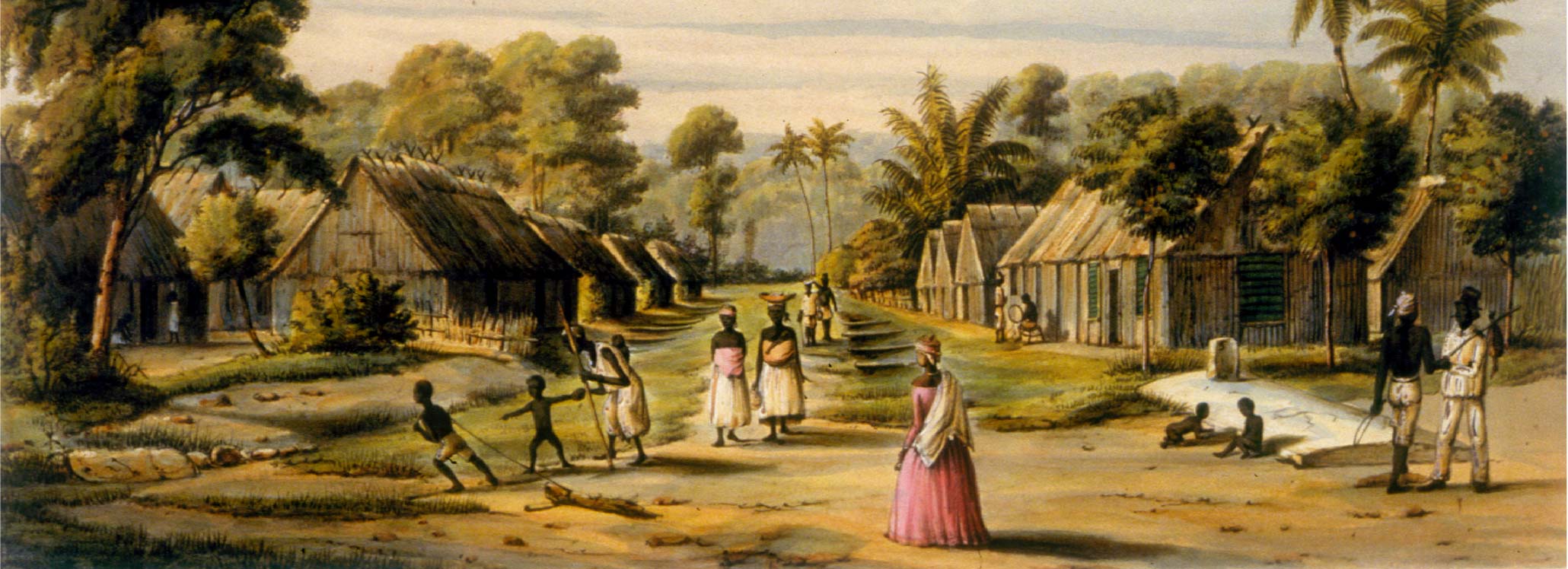Anthony Johnson was a seventeenth-century enslaved man who obtained freedom and established himself as a successful planter on Virginia's eastern shore.
Details of Johnson’s birth are unknown, though it is supposed that he was born a free man in Africa. Most sources state that he arrived in Virginia aboard the James in 1621, listed as a servant (probably meaning he was enslaved, though he could also have been an indentured servant) named Antonio. No slave ship of that name is listed in the Transatlantic Slave Trade Database as arriving in 17th Century Virginia.
Between his arrival and 1635, Johnson belonged to Richard Bennett of what was then known as “Warresquioake County,” on the south side of the James River near present day Isle of Wight. He married another of Bennett’s enslaved people, Mary. Their lifelong marriage produced at least four children. Sometime after 1635, the Johnsons acquired their freedom (presumably through self-purchase) and relocated to Northampton County. Anthony acquired a small farm around 1640 and became a prosperous cattle and hog breeder. He did so well that in 1651 he was able to purchase 250 acres from neighboring planters to form a modest estate on Pungoteague Creek in Accommack County. There, Johnson embarked on a career as a tobacco farmer, which was temporarily halted by a fire that destroyed most of his property in February 1653.
The fire forced Johnson to seek government relief in the form of a tax waiver, which the county granted, excusing Anthony and Mary from paying taxes on their two daughters for the remainder of “their naturall lives.” This extraordinary ruling, attributable at least in part to patronage from Bennett and possibly others, allowed Johnson to reestablish himself. Other court records from the period confirm his rising status and that he owned black slaves.
Despite the fire that nearly destroyed his original estate, Johnson was able to establish himself as a well-connected middling planter by 1660. He and his family formed the core of a vibrant, free black planter community in Northampton. In 1665 the entire Johnson clan pulled up stakes and moved to Somerset County, Maryland, where profits from land transfers and subsequent sales between Anthony Johnson and his sons allowed the latter to become formidable planters in their own rights. Anthony leased a 300-acre plantation that he named “Tonies Vineyard,” where he and his wife lived until their respective deaths, his in 1670 and hers around 1675.
After emancipation, Johnson fully participated in the local planter culture, sharing his white neighbors' preconceptions about property rights and the legitimacy of slavery. The opportunities open to men and women like Anthony and Mary Johnson significantly narrowed as restrictions on the legal and economic rights of Black people hardened after 1670.
Read the full, original biography by John Howard Smith in the African American National Biography
Bibliography
Breen, T. H., and Stephen Innes. “Myne Owne Ground”: Race and Freedom on Virginia's Eastern Shore, 1640–1676. 25th Anniversary ed. NewYork: Oxford University Press, 2005.
Brewer, James H. “Negro Property Owners in Seventeenth-Century Virginia,” William and Mary Quarterly 12, no. 4 (1955): 575-80.
Morgan, Edmund S. American Slavery, American Freedom: The Ordeal of Colonial Virginia. New York: Norton, 1975.
Author
John Howard Smith
Adapted by
James Almeida and Steven J. Niven
Contributing Institutions
Hutchins Center for African & African American Research, Harvard University, Cambridge, MA.
Oxford University Press (USA) African American Studies Center.





